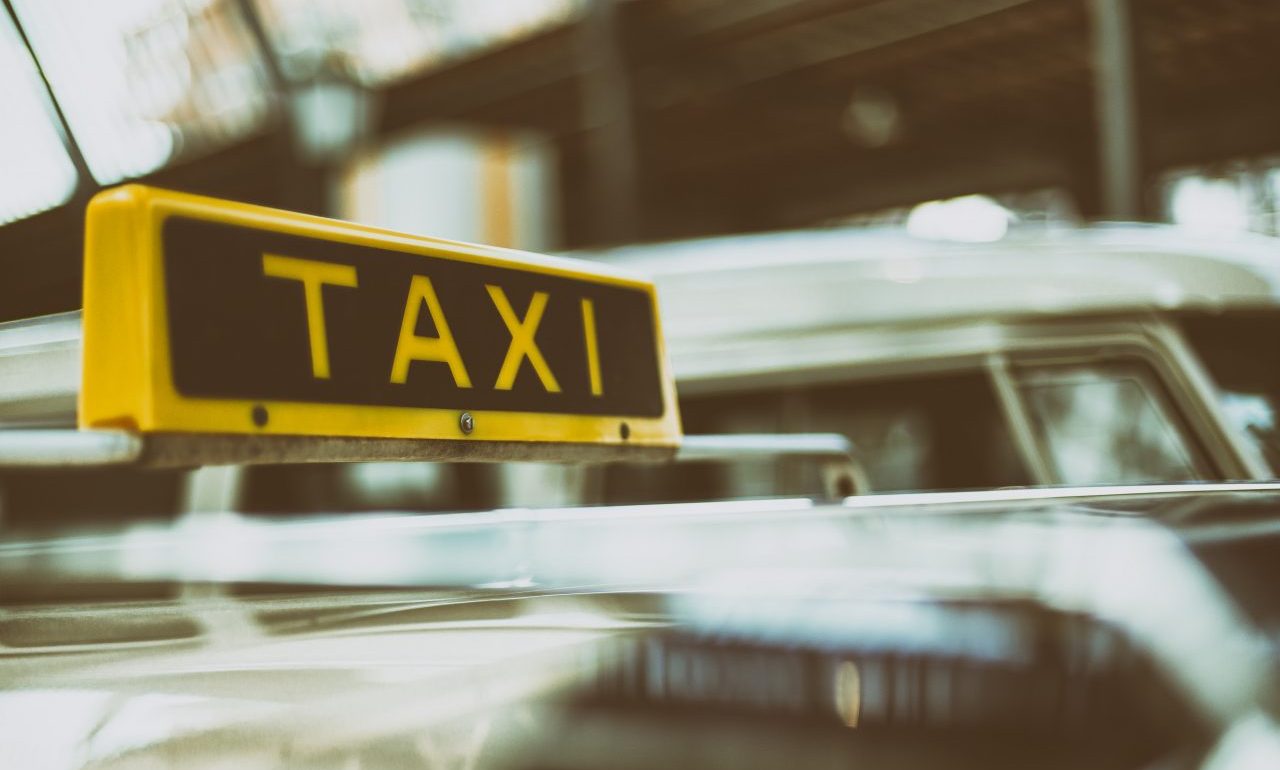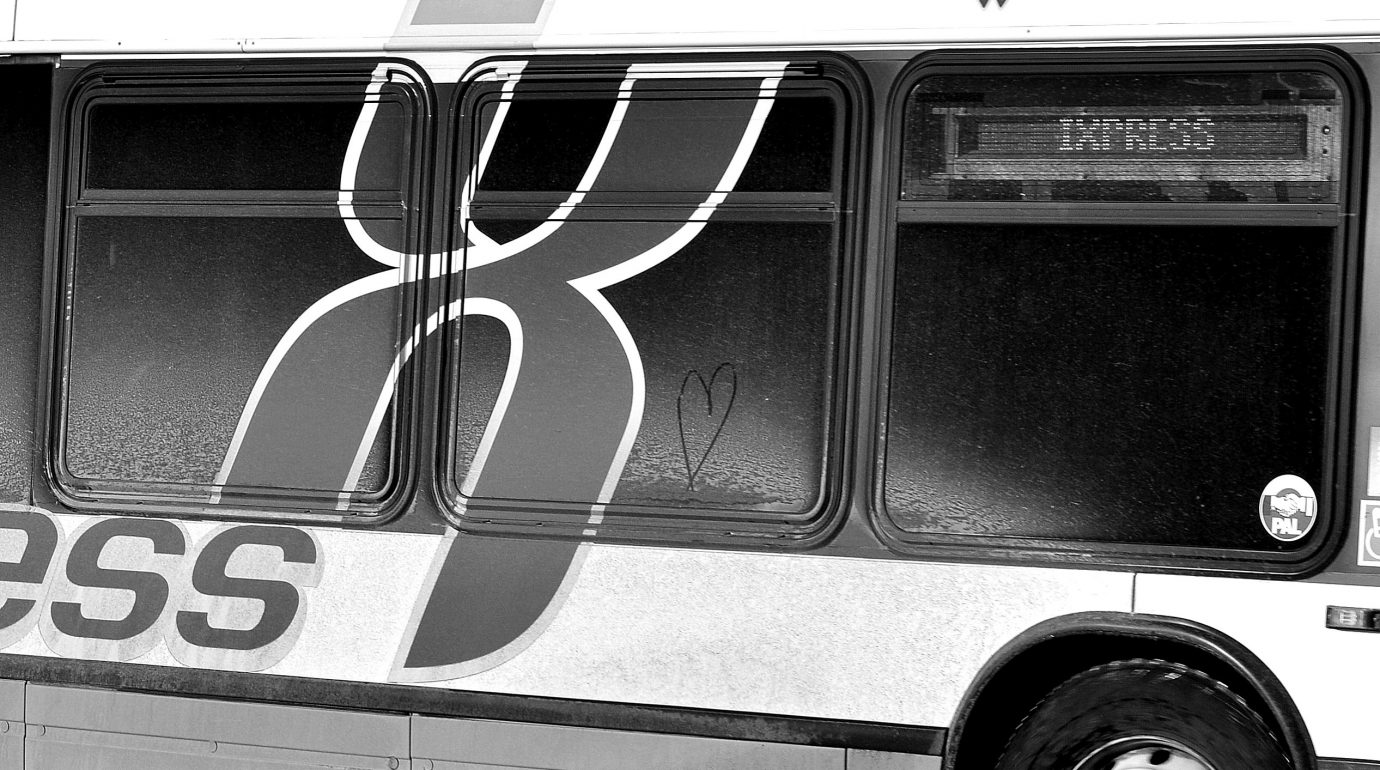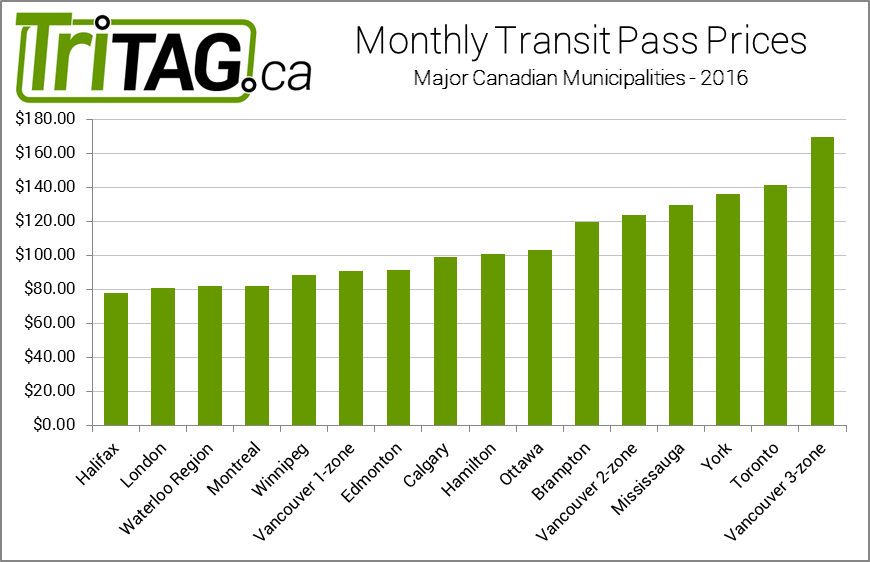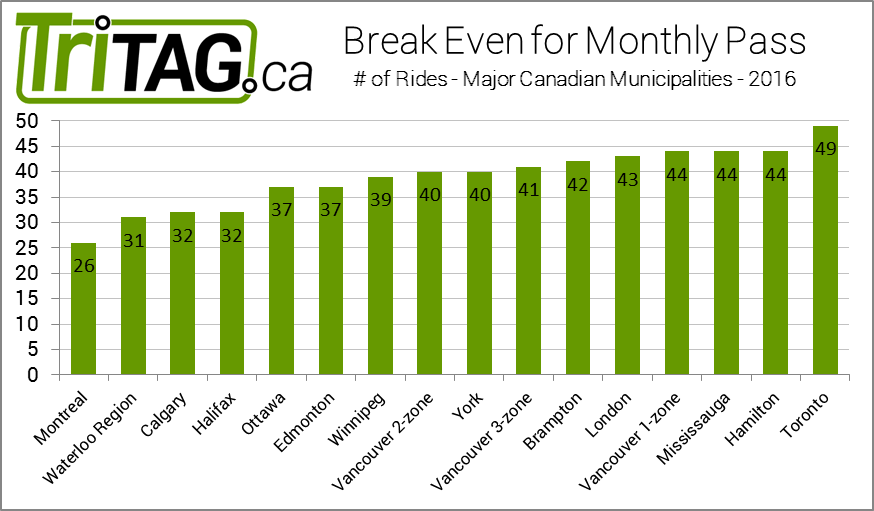
Week in review: September 24, 2016
Consultations and feedback deadlines
- NORTHDALE: Streetscape plan, comments due September 26
- MOVING FORWARD: What are your priorities for transportation in Waterloo Region?
- Public Information Centres for the Regional Transportation Master Plan and GRT’s next business plan at Waterloo Memorial Recreation Centre, September 29
- TRANSIT STATIONS: Midtown and Rockway September 29
- COMMITTEES: Applications being sought for:
- Kitchener Cycling and Trails Advisory Committee, due September 28
- Waterloo Region Active Transportation Advisory Committee, due October 7
- GTHA: Next Regional Transportation Plan
- MAPS: Regional cycling map, first edition in need of feedback
- GROWTH: Coordinated land use planning review (deadline extended to October 31)
- FUNDING: Federal public transit infrastructure feedback
- KITCHENER: Community Engagement Workshops, September 27 and October 4
TriTAG this week
On the blog, we questioned why vehicles were being prioritized over pedestrian safety at the corner of Queen and Charles, where the sidewalk tapers to less than a metre. We also called for an all-day frequent network for iXpress routes.
Headlines
 ION: Small sidewalk at Queen and Charles not permanent: Grandlinq (CTV Kitchener), Roads, intersections, and highway ramps reopening next week (CTV Kitchener)
ION: Small sidewalk at Queen and Charles not permanent: Grandlinq (CTV Kitchener), Roads, intersections, and highway ramps reopening next week (CTV Kitchener)
Ride-sharing: Uber, other ride-sharing bylaw approved by Waterloo Region (CBC KW), Editorial: A Region rides into the future (Waterloo Region Record)
Development charges: Who pays for what will be quite a debate (Karen Scian for Waterloo Chronicle)
Traffic calming: Sunny Kitchener mural shines a light on fast drivers at Lancaster and Chapel streets (CBC KW)
Accessibility: Small steps still big barriers to wheelchair access, advocates say (Waterloo Region Record)
Transit fares: Group wants free public transit for the poor (570 News)
Trails: The City of Waterloo is getting close to counting its millionth trail user in 2016 (@CityWaterloo)
Top Reads
Schools: Guide to safer streets near schools (Toronto Centre for Active Transportation)
Cycling: Anonymous San Franciscans are making renegade bike lanes (CityLab), Good riddance to the Prospect Park West bike lane lawsuit (Streetsblog)
Parking: I have met the enemy, and it is parking: Matt Elliott on Toronto’s biggest barrier to progress (Metro News)
Regional transit: Solving the Last Mile (Ryerson City Building Institute)
Planning: Jane Jacobs’s street smarts (New Yorker)
Self-driving cars and ride-sharing: Lyft president predicts private car ownership will be over by 2025 thanks to self-driving cars (CityLab), Report on how paratransit costs can be saved through new reservation tools, collaboration with ride-sharing services (NYU Rudin Center for Transportation), Can self-driving cars protect black people from police violence? (CityLab)




